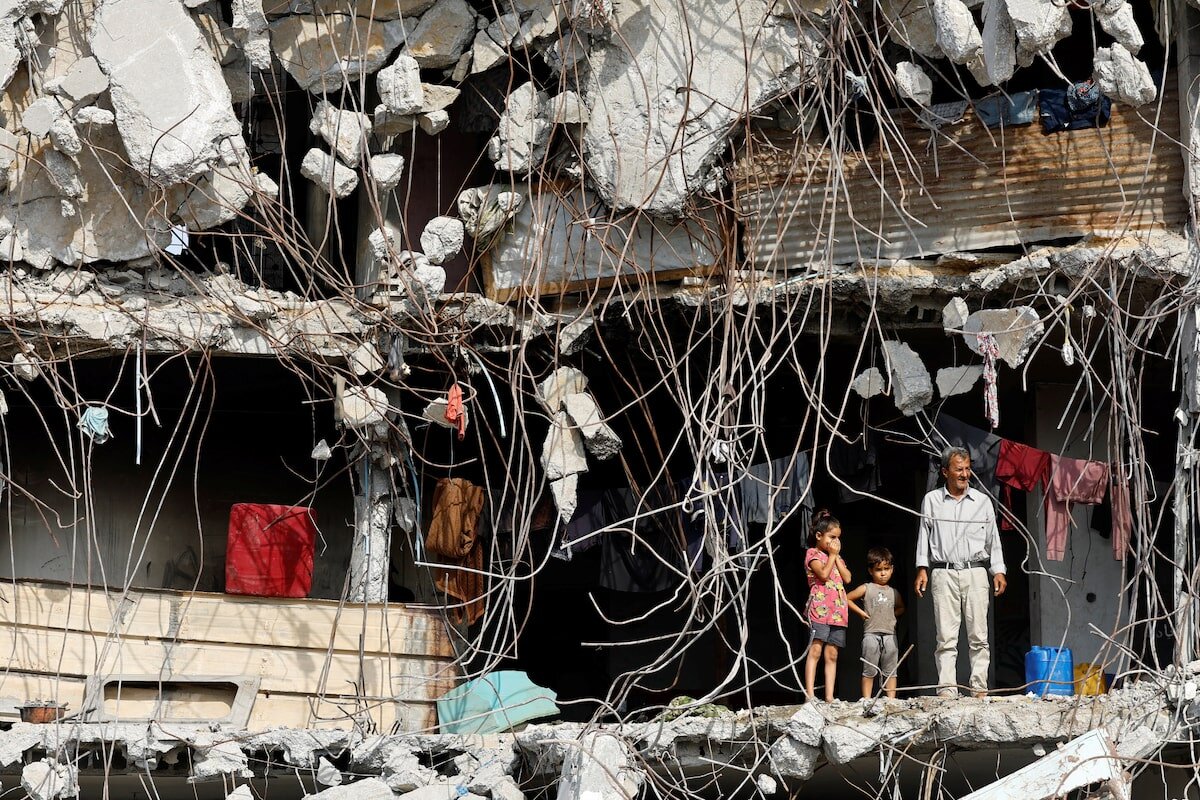Truce with no peace for Palestinians

TEHRAN – Despite a U.S.-brokered ceasefire, the Israeli regime continues to trample on the rights of Palestinians in Gaza.
The besieged Palestinian territory faces sustained Israeli attacks, showing there is no real security or peace on the ground. In recent incidents, a Palestinian child was seriously injured when an occupying regime’s drone bombed the Shujayya neighborhood in eastern Gaza City.
Israeli artillery also shelled Bani Suhaila, east of Khan Younis, and struck the Tuffah and Daraj neighborhoods in eastern Gaza City. This is while Israeli occupation forces opened fire toward the southeastern areas of Khan Younis, where residents are already living in damaged homes and overcrowded shelters.
These attacks, including the killing of nearly 150 Palestinians in a single day, further show how the American-brokered ceasefire was a farce that has done little to stop the Zionist regime’s military aggression or protect civilians. Analysts note that the regime’s ongoing attacks during a declared ceasefire highlight the lack of enforcement or accountability in such agreements.
Ongoing genocide
For Palestinians, the situation remains the same, daily bombardment by the occupying regime, limited aid access, and no sense of peace. The U.S. truce has not brought calm; it has only exposed the gap between diplomatic statements and the daily reality of violence in Gaza.
One of the criteria of the crime of genocide is the deliberate infliction of conditions of life calculated to bring about a population’s physical destruction, in whole or in part.
The ongoing Israeli regime’s blockade of Gaza is creating exactly such conditions.
The United Nations said on Friday the regime’s authorities have rejected 107 requests for the entry of crucial aid since the October 10 truce.
With vital supplies blocked from entering, Palestinians are facing severe shortages of food, clean water, and medicine. As winter approaches, families are struggling to survive without shelter or proper nutrition, and reports of starvation are once again surfacing.
Aid agencies say that trucks carrying nutritional food, fuel, and medical supplies are being delayed or denied entry, worsening the humanitarian disaster. Experts argue that this deliberate restriction of life-sustaining goods reflects the Zionist regime’s intent to destroy Palestinian life by depriving civilians of the means to survive.
Even as ceasefire talks continue in an effort to transition to the second phase of the so-called peace plan, the regime’s strict blockade signals that the suffering of Palestinians is not something accidental but systematic.
Legal scholars and human rights organizations warn that these acts meet the threshold of a genocidal campaign, using starvation, disease, and exposure as weapons to bring about the physical destruction of Palestinians in Gaza, in whole or in part.
Occupation growing
Palestinian media outlets reported that Israeli bulldozers continue to raze and destroy homes in the southeastern part of Khan Younis.
Demolishing homes east and southeast of Khan Younis appears to be part of a broader plan to entrench and expand the Israeli regime’s illegal occupation of the besieged Palestinian territory.
The systematic destruction of Palestinian homes serves not only to clear land but to dismantle the social and physical structures of Palestinian life, making long-term occupation and control easier to maintain.
By erasing residential areas and displacing families, the Zionist regime effectively strengthens its territorial grip, creating new zones of occupation that extend military and administrative dominance deeper into Gaza.
This process mirrors earlier patterns in other occupied territories, where demolition and land clearance have preceded permanent control and illegal settlement infrastructure.
Analysts argue that this ongoing campaign is designed to alter the geography of Gaza, transforming it from a densely populated Palestinian area into fragmented zones under sustained occupation of Israel.
The razing of homes east of Khan Younis as well as Rafah on the Egyptian border and east of Gaza City in the north, essentially represents more than temporary military action; it is a calculated effort to consolidate occupation, weaken Palestinian claims to their land, and redefine the boundaries of sovereignty within the Gaza Strip.
Leave a Comment